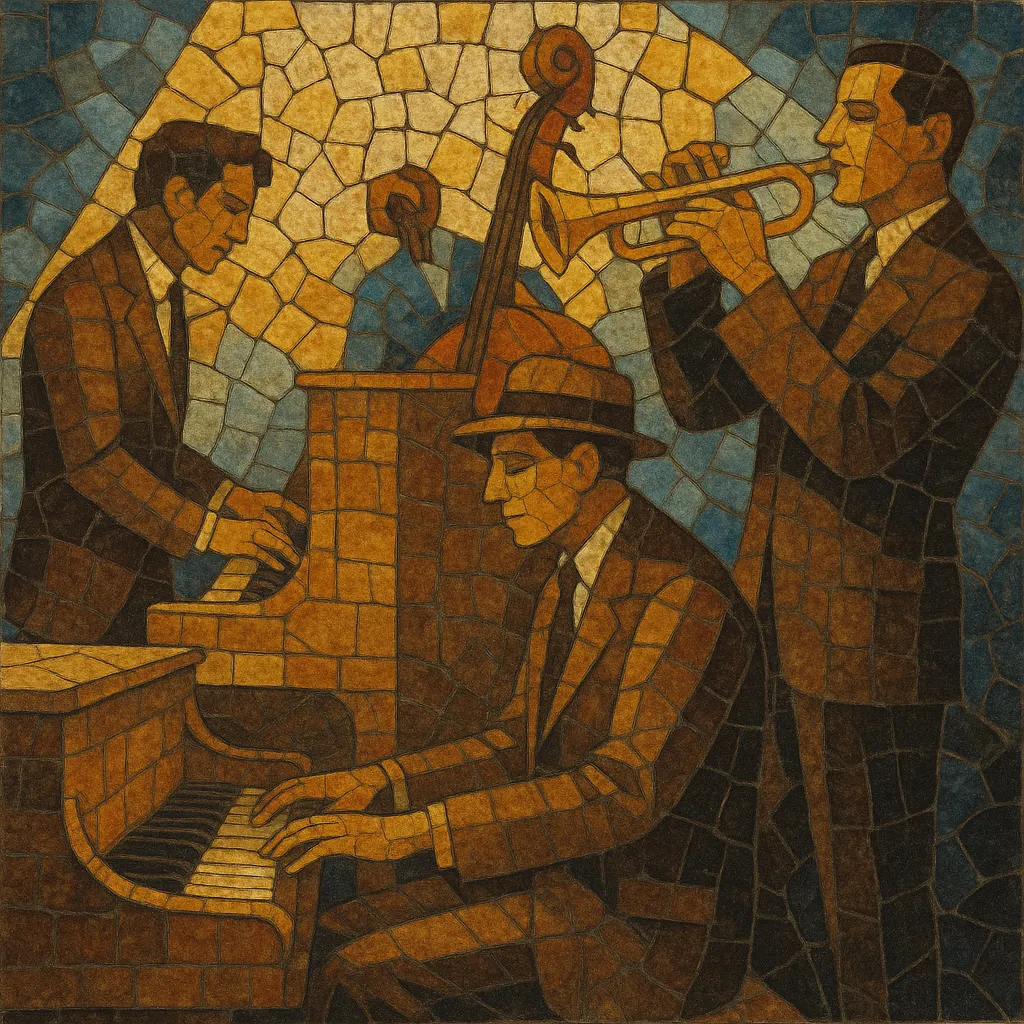
Tin Pan Alley refers to the late‑19th- and early‑20th‑century New York music‑publishing hub that industrialized the creation and promotion of American popular song. Centered around West 28th Street in Manhattan, publishers and song pluggers churned out catchy tunes for mass sheet‑music sales and vaudeville performance.
Musically, Tin Pan Alley songs favored memorable melodies, clear hooks, and singable ranges, often set in 3/4 waltz time or 4/4 with light syncopation picked up from ragtime. The prevailing 32‑bar AABA form became a defining template, with diatonic harmony enriched by secondary dominants, circle‑of‑fifths motion, and occasional modulations.
Culturally, Tin Pan Alley fed Broadway revues, vaudeville circuits, and later radio and film, laying the foundation of the Great American Songbook. Its output ranges from romantic ballads to novelty numbers and uptempo dance songs, shaping the language of American popular music for decades.
Tin Pan Alley emerged in New York City in the 1890s as a cluster of music publishers and songwriters focused on selling sheet music. Borrowing from minstrelsy, music hall, parlour ballads, operetta, marches, and waltzes—and increasingly from ragtime—it professionalized songwriting and promotion. “Song pluggers” pounded pianos in publisher offices and theaters to popularize new titles.
Between the turn of the century and the early sound film era, Tin Pan Alley normalized the 32‑bar AABA song form, verse‑refrain structures, and lyrical conventions emphasizing romance, urban life, humor, and aspirational themes. Its songs powered vaudeville, Broadway revues, and early Hollywood musicals, while dance crazes and syncopation kept repertoire current. This era produced many standards later adopted by jazz bands and crooners.
Radio, talking pictures, the swing era, and evolving royalty structures shifted power away from the original street of publishers. Yet the repertoire—eventually canonized as the Great American Songbook—became core material for jazz, big bands, and traditional pop singers. Tin Pan Alley’s craft standards (catchy hooks, AABA form, professional lyric writing) permanently shaped American popular music and musical theatre.

